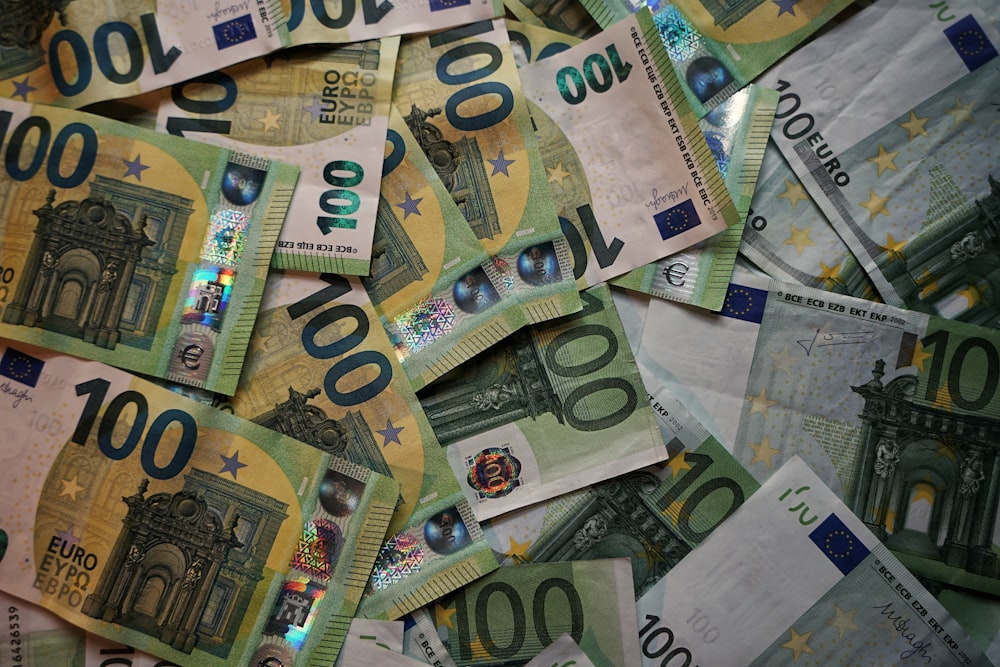FX Positioning: Euro Long Positions Rose Before Dollar Rally
FTC positioning data for the week ending August 17, show a build-up in EUR/USD positions right before the start of the widespread dollar rally. AUD and NZD also saw a marginal improvement in their positioning gauges, but we will likely see a sharp increase in shorts on both currencies in next week’s positioning data. JPY and CAD net positioning deteriorated.
Dollar bullish sentiment eased before rally
CFTC data for the week ending August 17, show a marginal decrease in the dollar’s net aggregate positioning versus reported G10 currencies (i.e. G9 excluding SEK and NOK), which was at +2% of open interest. This is broadly in line with movements in the spot market, as the dollar weakened against most G10 currencies between the 10th and 16th of August.
We have the impression that some of the moves on August 17, – which was the ignition of the dollar rally seen last week – are not mirrored in CFTC positioning data. The data reported here do, however, provide a good indication of where speculative positioning stood before the dollar rally.
Source:CFTC, Macrobond, ING
EUR/USD net positioning saw a quite significant increase (+3.5% of open interest) in the reference week, rebounding to +8% of open interest after having dropped for eight consecutive weeks. The move is mostly mirroring the change in the dollar’s sentiment, as the combination of very dovish ECB and concerns about a slower recovery due to the Delta variant spread in the eurozone are likely preventing the creation of any clear idiosyncratic sentiment on the euro (FXE) for the time being.
Temporary respite for antipodeans
AUD (FXA) and NZD were the only two other G10 currencies that saw an increase in their net positioning in the week ending 17 August. Indeed, given their high exposure to China-related sentiment, the antipodeans have faced wider than normal swings lately. Considering the considerable drop in spot value in the past week we expect to see a build-up in short positions in both currencies next week. Here, it is also useful to note that the AUD is already starting from a meaningful net-short positioning, but also that (unlike NZD) it cannot count on a hawkish central bank, and is facing the negative impact of falling iron ore prices.
In the rest of G10, CAD (FXC) and JPY (FXY) both saw an increase in net shorts, with the loonie now having seen a full unwinding of its net long positions as global sentiment deteriorated and the USD (UUP) gained ground. CHF (FXF) saw a very wide change in positioning (-8.8% of open interest), oddly in a week where it was among the best G10 performers. This is another indication of how the positioning on the franc reported by the CFTC is not particularly accurate and very often shows wide swings that have no connection with the actual market sentiment on the currency.
Disclaimer: This publication has been prepared by the Economic and Financial Analysis Division of ING Bank N.V. (“ING”) solely for information purposes without regard to any ...
more



